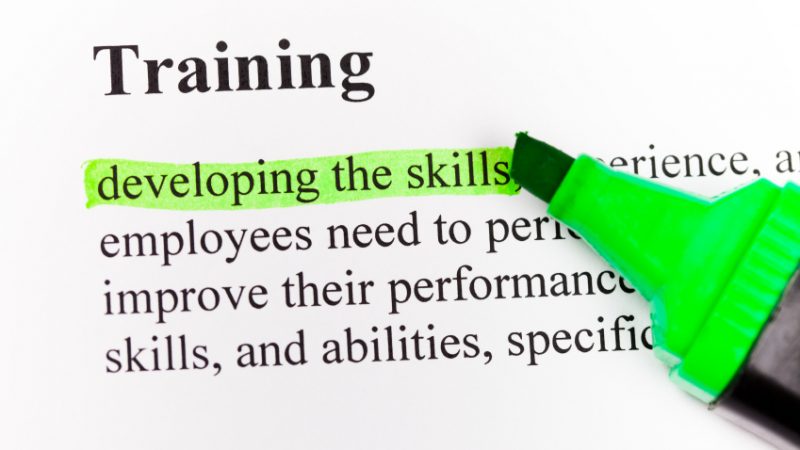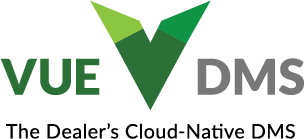As a businessperson, I measure performance with two metrics: top line revenue and bottom line net profit. I spend my time managing hard expenses such as salary and benefits, COGS and advertising, but I have learned that the soft costs associated with personnel development make the biggest impact in expense ROI. Studies prove that performance management and employee engagement improve both top-line revenue and bottom-line business results. Professional development also leads to happier, more productive employees – and customers.
Increased training reduces turnover. Turnover means time and money spent in hiring and on-boarding a new hire. The more time managers do this, the less time there is to focus on what is important to our business and customers. The single most important factor in reducing turnover is professional development –training. It is estimated that, in the retail industry, ongoing skills-based training can reduce turnover by 29%.
Training is expensive and time-consuming. It requires a lot of planning. And, it’s not always easy to track the results. However, the pros of training outweigh the cons.
The Numbers
The cost of turnover:
The Society for Human Resources Management (SHRM) estimates that turnover costs between 100%-300% of the base salary of the replaced employee. SHRM even offers a worksheet to help compute turnover costs. I use 150% as my standard metric.
The National Automotive Dealers Association (NADA) estimates that the median annual income for all employees at new car dealerships is $53k per year. The average dealership employs 64 people and experiences 39% turnover across the business. Data for each department is listed in their workforce study.
Check out the math below:
64 people X $53,000 average salary X 39% attrition X 150% turnover cost
This equals $1,984,320 in turnover costs on an annual basis.
Training can reduce turnover by 29%. At a reduced attrition level of 27.69%, turnover costs shrink to $1,408,867. That is a $575,452 savings every year. Enough money to investigate training options.
The cost of training:
Components include –
- Design and development of the training program
- Program materials
- Facilitator
- Facilities for the training program
- Time allocated to organize and conduct the training
Check out the math below:
- The cost to design and develop a training program
- Use free sources to get started, like NADA. This association offers complimentary online and webinar-based training to NADA members. This program is constantly updated, and it allows managers to select appropriate training – both skill-based and professional development. Likewise, NIADA offers discounted training options. State associations can point dealers to additional resources – both free and discounted – that can make an immediate impact on proficiency and professionalism.
- Cost = NADA membership
- The cost of program materials provided to participants
- When using an online training program, the materials needed are often pens and notepads. Depending on the number of people participating in each week’s training, the cost is negligible.
- Cost = $20 or less/month
- The cost of the facilitator
- Each manager is responsible for the hiring and firing of his or her team members. Make them responsible for a weekly training session via an online resource such as NADA’s University.
- Cost = $0
- The cost of the facilities for the training program
- Do you have a conference room, kitchen or large office area? If so, your training can be conducted using a laptop, a projector and a clean wall.
- Cost = $0
- The cost of the time allocated to conduct the training
- If using external resources, a manager should spend no more than 3 hours per week setting up and reviewing training materials.
- Actual training session times may vary. To get started, target one hour per week per department. Pay teams their regular wages to participate in the training, and if possible, stagger the training hours so that everyone can participate during appropriate workhours.
- The average cost for a dealership (using the average employee count and wage noted above) would be calculated as:
- 3 hours per week per manager (5 managers)
- 1 hour per week per each employee (64 employees)
Average hourly wage: $25.65
Total weekly cost: $2,026.35
The Total Annual Cost using free resources
$240 in program materials
$105,370 in salary for time spent in training
TOTAL: $105,610
The ROI:
The basic ROI is easy to compute: $575,452 – $105,610. Just by organizing some basic training, you can save $469,842 every year in related turnover costs.
The residual ROI of better-educated employees closing more business, selling more cars, servicing more vehicles, and generating loyal customers is more difficult to measure. For the more analytical readers, this PowerPoint offers more insight into the value and ROI associated with training.




